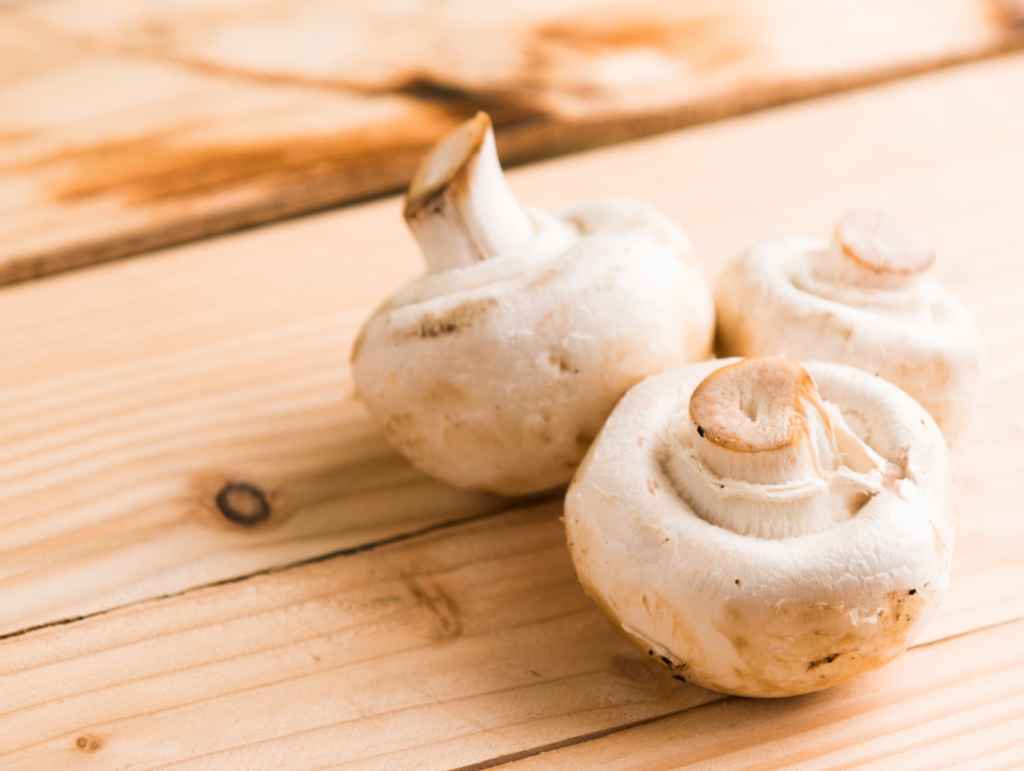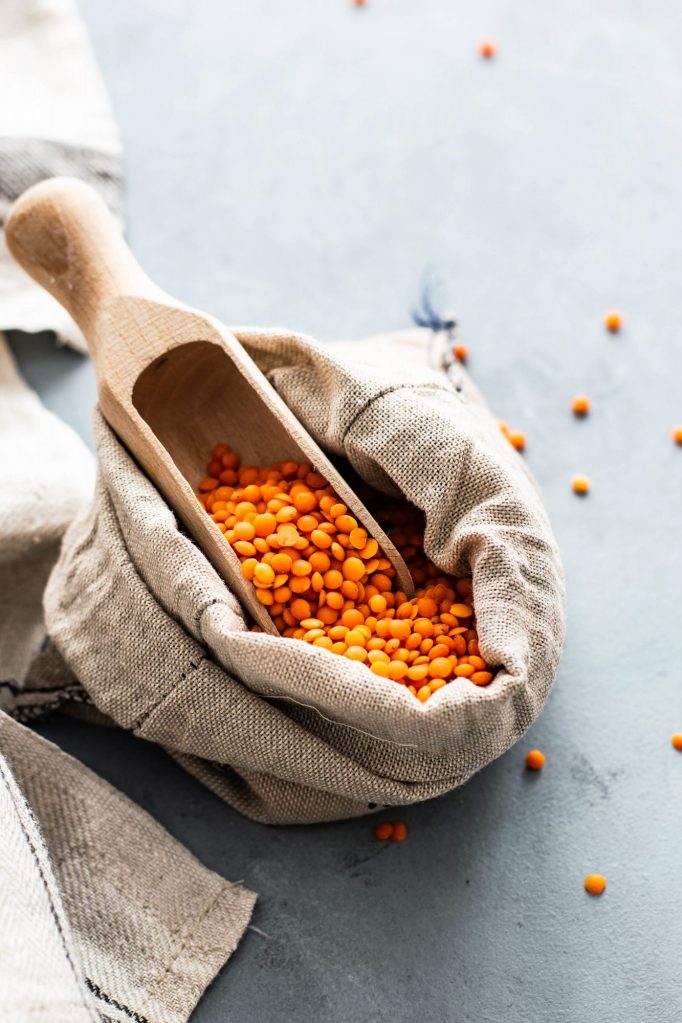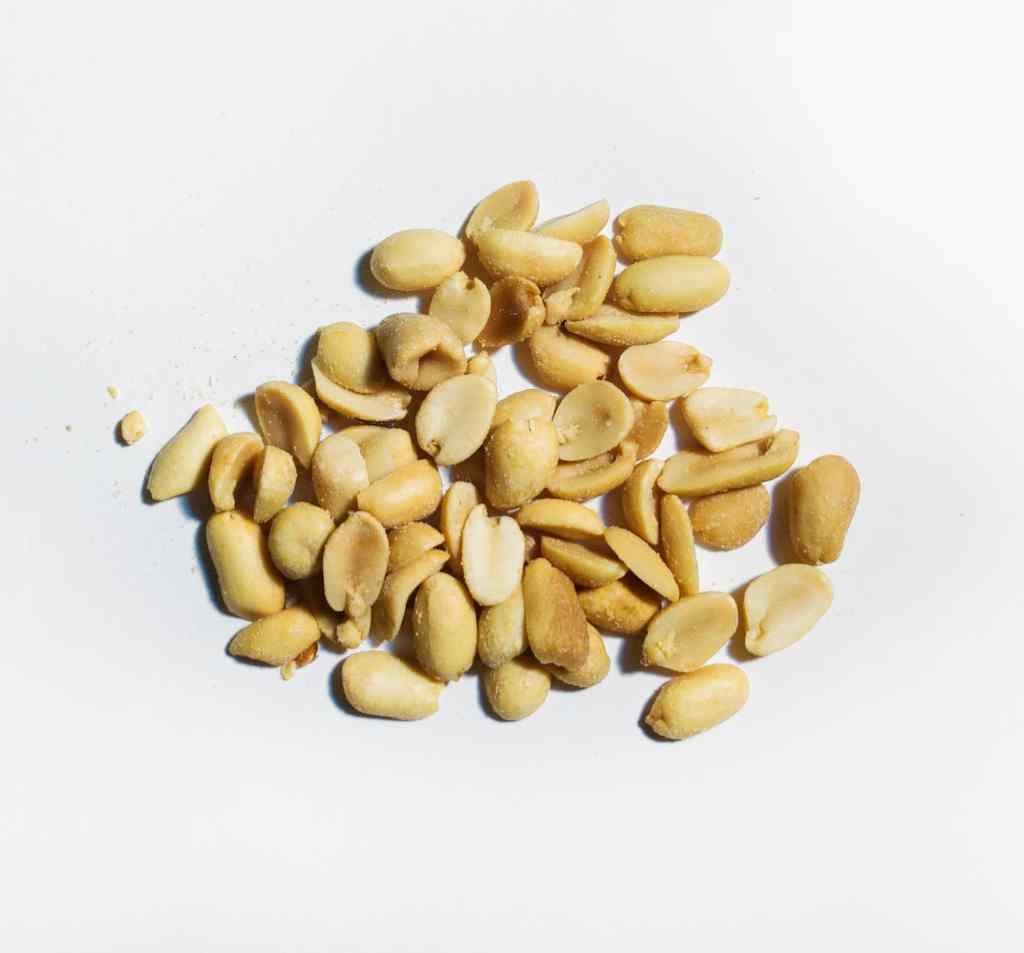
- POPSUGAR Australia
- Living
- 5 Simple Food Swaps You Can Make That Are Good For the Environment
5 Simple Food Swaps You Can Make That Are Good For the Environment

Most of us want to take care of our planet so that future generations can have a nice place to live, right? We do our part by recycling, sporting our reusable tote bag to the grocery store, and swapping out plastic straws for environmentally friendly options (or go straw-less altogether). While we all try and do our part, it may come as a surprise that some food choices are actually much better than others when trying to take care of Mother Earth.
According to the Food and Agriculture Organization of the United Nations, “what and how much we eat directly affects what and how much is produced.” It’s a simple equation of supply and demand, and when we demand more eco-friendly foods, more of these options will likely be offered.
To help ensure we have enough food to nourish the human race and to help keep our natural resources available, we can make some simple food choices to do our part. Some general tips people can follow include:
- Choosing foods that are lower on the food chain.
- Choosing foods that use less water for production.
- Buying local when possible.
- Choosing organic foods.
- Picking fresh foods with the fewest process steps. Freezing, packaging, processing, transporting, and refrigerating food all impact energy use.
Keep reading for specific food swaps you can be making that will help this little planet we call home.
Mushrooms
Mushrooms are not only delicious and versatile but they’re also gentle on the planet. Production does not require as much water or energy vs. many other produce choices. In fact, only 1.8 gallons of water and 1.0 kilowatt hours of energy are required to grow one pound of mushrooms. Relatively speaking, that’s very conservative. Additionally, it generates only .7 pounds of CO2 equivalent emissions – again, a relatively conservative number.
Another earth-friendly feature of mushrooms? One million pounds of mushrooms can be produced on just one acre. That’s a great yield when focusing on conservation.
Eating more mushrooms is as simple as chopping them to match the consistency of ground beef and adding them to tomato sauce for a mushroom “bolognaise,” dehydrating them and eating them as jerky, or adding them to a sandwich for a meaty alternative to beef.
Pulses
Incorporating more pulses into your diet has numerous benefits to the planet. Pulses – the eco-friendly ingredients known as chickpeas, lentils, dry peas, and beans – have a low carbon footprint and support a healthy and diverse farm system by enriching soil health where they grow. They also use just one-tenth of the water of other proteins. Plus, pulses are an extremely versatile ingredient to add a boost of protein, fiber, and nutrients to any dish.
A simple way to add more pulses to your diet is substituting a portion of animal protein with pulses in meals to reduce your meat consumption and increase your plant-based protein intake. From half-bean, half-meat burgers to adding lentils to taco filling, there are many unique ways to incorporate the ingredients!
Peanuts
Although technically considered a legume, peanuts are often enjoyed in the same way other nuts are. Whether enjoyed in a classic PB and J, shelled at a baseball game, or sprinkled on a salad, peanuts are a versatile and popular food that you can feel good about eating.
Food crops are using more water than ever. In fact, the USDA reports that America’s agriculture uses approximately 80 percent of the average water consumption. Choosing peanuts over other “nuts” helps conserve water, because the majority of peanut crops are non-irrigated and rely on rainwater. Additionally, peanuts require less water than nuts like almonds and pistachios. For example, it takes 4.7 gallons of water to grow one ounce of peanuts, but it takes more than 80 gallons to grow one ounce of almonds. When peanuts don’t get enough rain water, they pause their growth and consume less water.
Another feature of peanuts? The plants have a unique ability to improve soil. They are nitrogen fixing, which means they take nitrogen from the air and produce their own in the ground, which benefits other crops.
Oysters
While eating fewer animal products can have a positive impact on the environment, not everyone is ready to go 100 percent vegan for the sake of the Earth. If you’re a seafood lover, you can feel good indulging in some local oysters knowing that those delectable treats benefit our oceans.
Oysters are natural filter feeders. According to data published in Integrative and Comparative Biology, “Filter-feeding species are effective biofilters and can naturally lessen disease risk to humans and wildlife.” Essentially, they help keep our water sources clean.
According to Ashley Zalabak, Educator at the South Carolina Aquarium, “One single adult oyster can filter up to 50 gallons of water a day.” She also explained on their website that “oysters help create a natural barrier in the salt marsh, preventing erosion from occurring. Salt marshes are typically nurseries for small organisms and oysters play a vital role in this.”
Zalabak noted that it’s important to remember to recycle any oyster shells after enjoying them, as the hard surface of an oyster provides a shelter and habitat for small animals like crabs and other oysters. She also noted that choosing local oysters are your best-bet.
Oysters nourish themselves by eating plankton and not fish. Therefore, you don’t have to worry about oysters playing a role in depleting the wild fish population.
Nopal Cactus and Prickly Pear
When you hear the word cactus, it may trigger an image of the skinny and spiky fruitless plant that are popular in Western movie sets. We’re not suggestion you eat those. The nopal cactus is a different type of cactus that contains edible paddles instead of skinny cactus arms and produces delicious and nutrient-dense fruit referred to as prickly pears, cactus pear, tuna fruit, or sabras.
This particular cactus is getting some attention because it’s able to grow in the face of drought, high temperatures, and damaged soils according to the Food and Agricultural Organization of the United Nations (FAO). It can even survive in soil that’s mostly made of hard rock and possibly help improve soil quality and increase yield of certain other crops like barley.
This plant also stores water in its pads. In fact, the FAO reports that it can provide up to 180 tons of water per hectare – enough to sustain five adult cows. At times of drought, livestock survival rate has been higher on farms with cactus plantations. Data also suggests that when nopal cactus is used as fodder (livestock feed), the drinking water intake of the animals decreased.
The young cactus pads, or nopales, can be sautéed, grilled, added to tacos, or even eaten raw. The fruit can be enjoyed simply by removing the skin and eating (just watch out for the seeds!). It can also be juiced or included as an amazing cocktail ingredient. Cheers!






